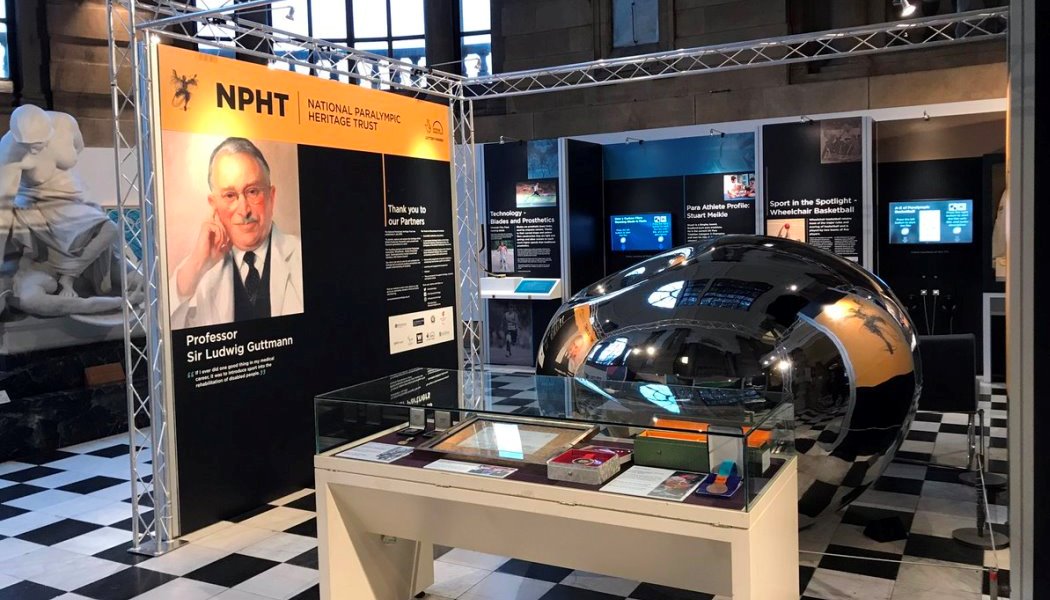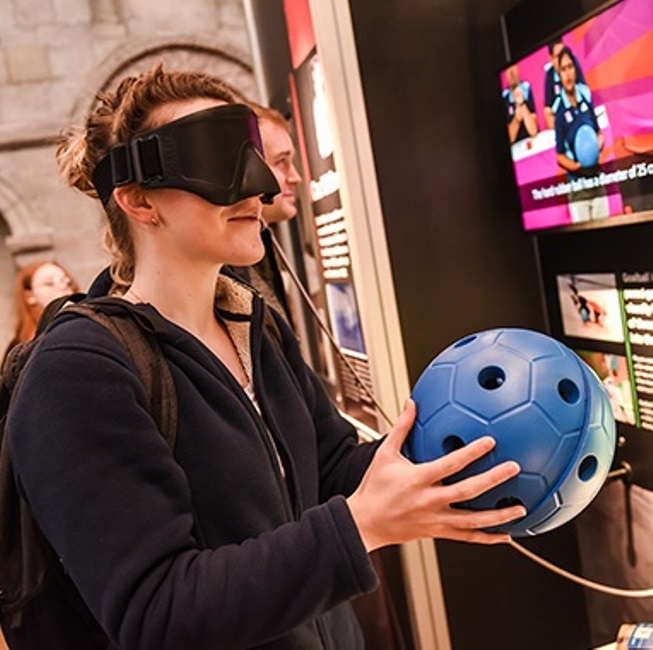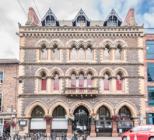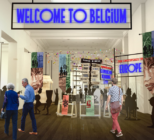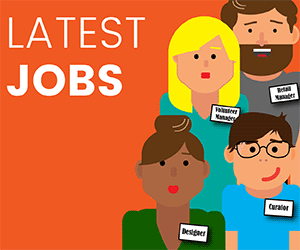The Easter holiday is looming large which is usually a very busy time for the UK’s visitor attractions, from houses and castles, to museums and sporting stadiums. This year more than any it will require our industry to think differently – outside their usual constraints and consider new ways of doing things to keep the virtual doors open when the physical ones must close.
It’s entirely thanks to new technology that many of the UK’s museums are able to offer a host of digital experiences that: in the short-term allow audiences to ‘visit’ an attraction using new mediums; but in the long term, when the virus is a distant memory, allow a brand extension for many of our favourite tourist spots.
Creativity isn’t something the sector is short of and there are many ways to make the most of a digital presence moving forward. Taking into consideration the audience each serves and offering online experiences to engage them will be the key to surviving in a changed world.
Remember your audience
In a virtual world, it’s just as pertinent to remember who your audience is in order to tailor your experience accordingly. For more senior members of the public, podcasts or downloadable brochures may be better suited around a topic area, a specific exhibition, art installation or a sporting occasion for example. Both can be offered in a ‘series’ of downloads providing multiple opportunities to deliver your brand, creativity and stories and create enjoyment for that audience. Younger audiences love technology of course, and with a short-term period of school closures, interaction with digital resources will certainly increase.
Technology also provides the ability to deliver daily talks or interactive sessions for young audience to join in real-time – delivered in online workshops and real-time broadcasts. Linking social media groups and mediums further amplifies the experience via new channels for others to share.
Virtual Reality
Museums specifically, aim to bring their collections to life and VR technology is an excellent tool for this. It offers the ability to totally immerse a visitor in an exhibit or gallery without the need to attend physically and its unsurprising that museums around the world are already embracing it in their attractions.
VR puts the user inside the experience and if it crosses over into Augmented Reality, then interactivity with what you can virtually see is also possible. Its uses are endless in terms of tours, interactive exhibits, the ability to bring storytelling to life – to jump between historical periods in time and to view collections that might prove difficult to access. It also provides a way for those with impairments or disability to remain in their homes but still have the enjoyment of touring attractions.
Of course, its use can also be incorporated within a museum for visitors to learn more on the spot. At the end of 2019 The Louvre in Paris created a VR experience called Mona Lisa: Beyond the Glass – an exploration of the Renaissance painting as part of its Leonardo da Vinci blockbuster exhibition. Through interactive design, sound and animated images, users discovered details about the painting, such as its wood panel texture and how the passage of time has changed the way it looks. It could be downloaded in five languages for a four-month period of time allowing many more people and new audiences around the world to enjoy the painting and its story.
The Natural History Museum has also put VR to use. In partnership with Sky, it developed Hold the World an educational VR experience where users came face-to-face with Sir David Attenborough. The experience put viewers in reach of a few rare specimens from its world-famous collection, letting them handle and resize the objects while Attenborough taught them important facts about how the animals must have lived, eaten and breathed.
It’s possible to imagine downloading such visitor attraction experiences in the future in the same way we enjoy a boxset on Netflix, or potentially viewing them in cinemas in the same way the ballet can be beamed into an auditorium live.
If you’re thinking about how to make the most of the current extended school leave and take your offering to your audience virtually, get in touch with Mather & Co. www.matherandco.com

